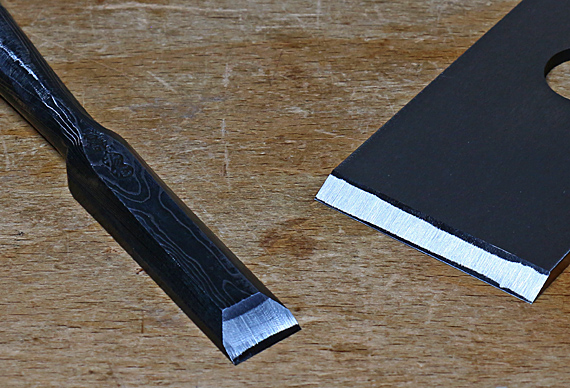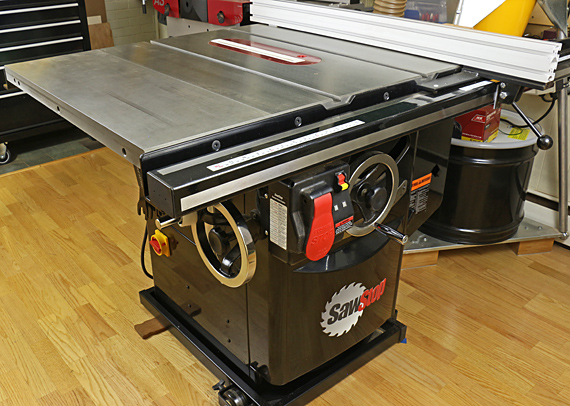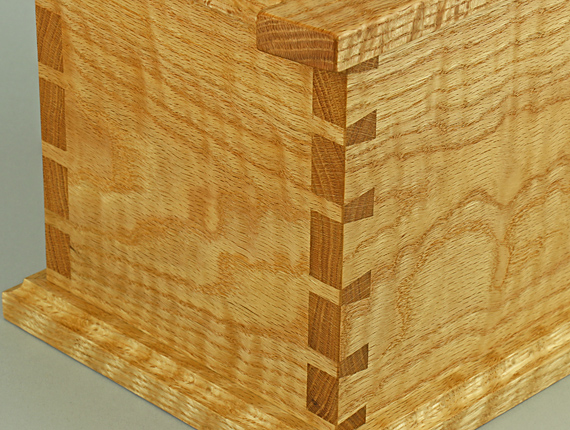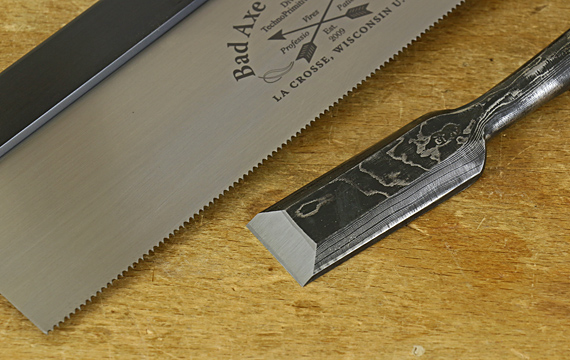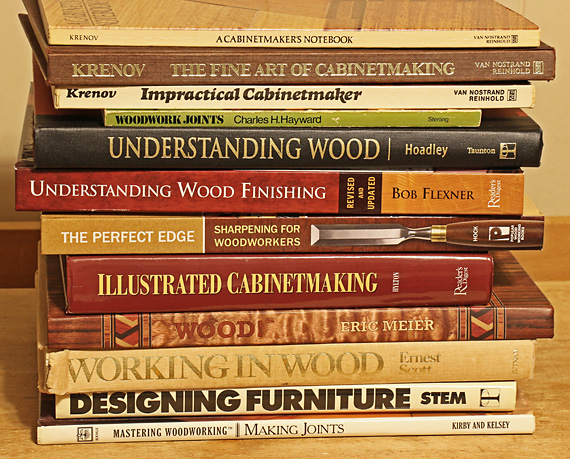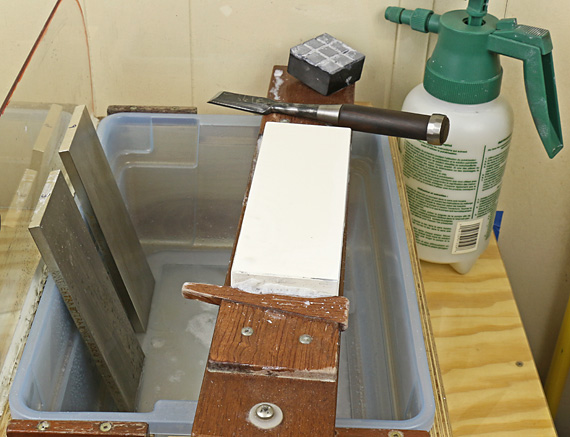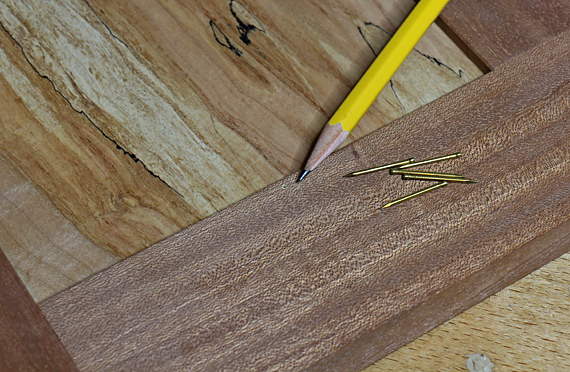
This is a simple, reliable way to keep the floating panel centered in a frame-and-panel construction. Without anything to keep it centered, a panel usually shifts to one side because one groove grips it a bit more than the others during seasonal movement. This leaves the field and the gap around it off center, which looks less neat.
In fact, this is the only way I ever do this. I like that there is no need to deal with any extra procedure during glue up such as inserting Space Balls or placing a dab of glue in just the right spot to keep the panel laterally centered. Because there is virtually no movement along the grain, only minimal clearance is needed in the grooves in the rails, so the vertical position of the panel is essentially constant.
When the clamps are off and the glue set, carefully center the panel laterally, and mark each rail at its midpoint between the stiles. The 3/4″ 18-gauge brass brads (Hillman item #123743) are 0.051″ in diameter, so drill a pilot hole with a 3/64″ or #56 wire gauge drill bit, which are about 0.004″ less than 0.051″. Drill from the back side and stop safely short of the front surface. Place the hole near the edge of the frame and within the tongue of the panel.
Gently tap in the brass brad. You may want to nip off the point first to get a bit better purchase in the front side of the rail. When it is seated, nip off the excess with flush cutting wire cutters, and file away any remaining protrusion. Of course, pin the panel in the top and bottom rails.
That was easy.

